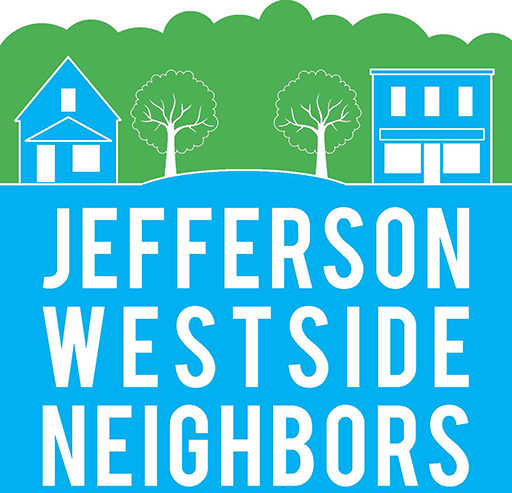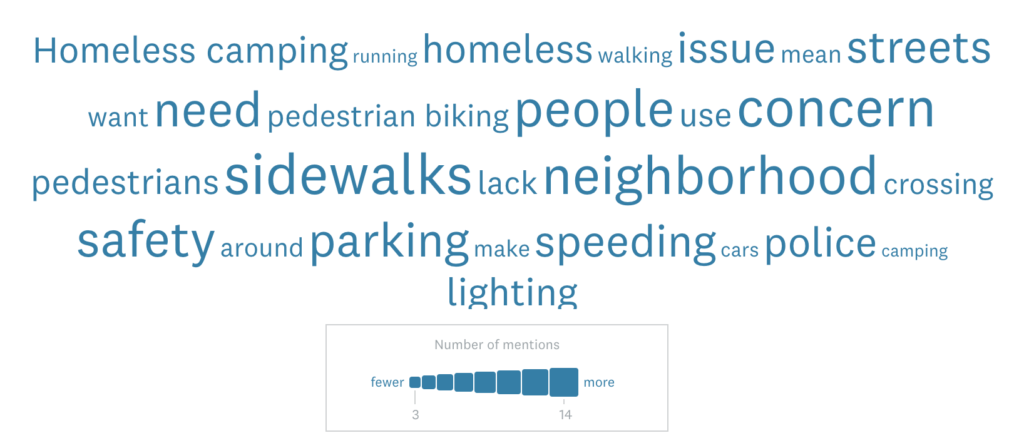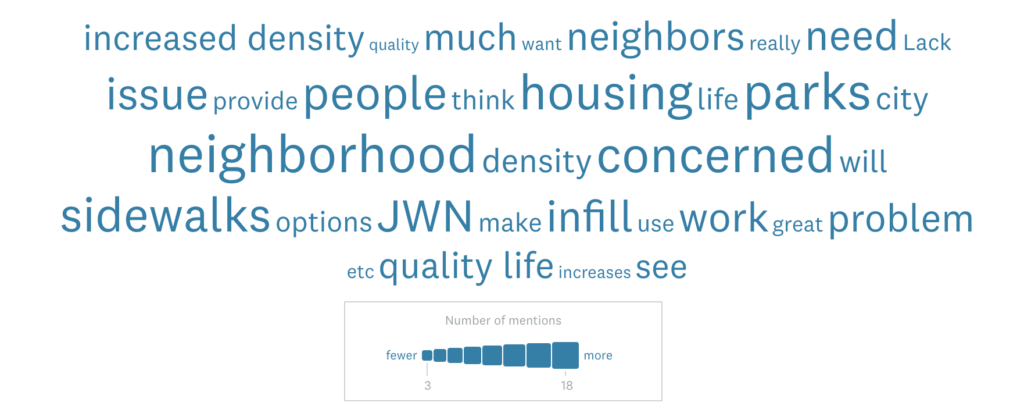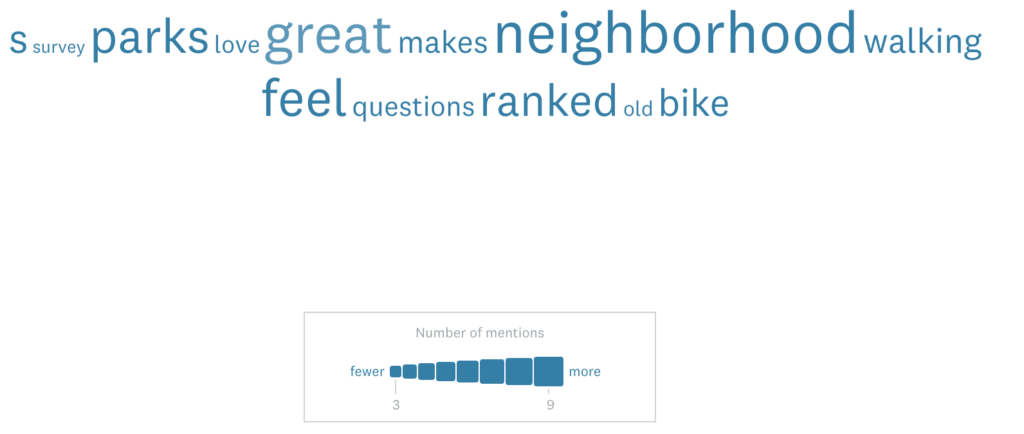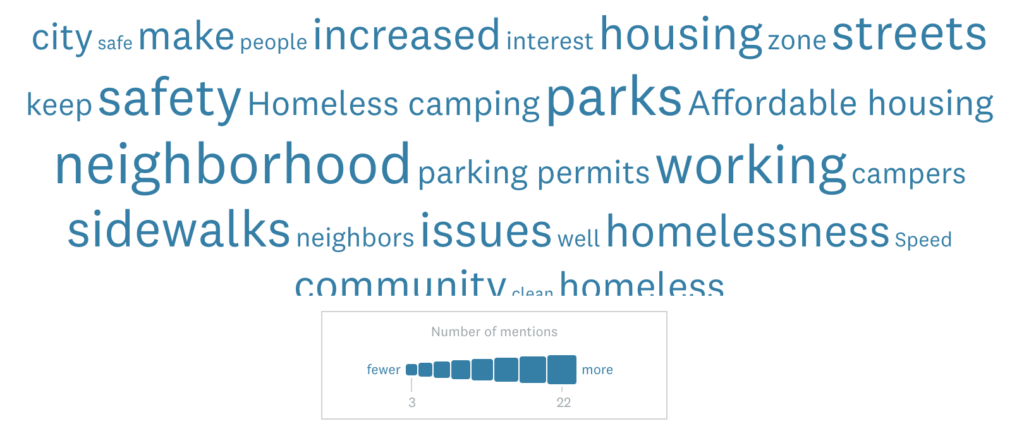February General Meeting and Vote
February General Meeting
Join us on February 9 Tuesday 6:30-8:30PM
We will send out a Zoom link to everyone on the eNews list or contact us at jwneugene@gmail.com for a link and access code.
NOTE: you just be a resident (renters included), property owner, business owner or manager, or director of a non-profit in the JWN in order to vote. Those not previously known to the JWN Board will be required to provide an address.
On the Agenda:
- Discussion of Resolution in support of the old Naval Reserve site (the “Site”) on W. 13th Ave. for housing that is affordable, safe, and appealing to lower-income families and seniors.
- Vote on resolution
- See the Homelessness, and Supportive and Affordable Housing page.for detailed background.
For consideration at the February 9, 2021 JWN General Meeting
Whereas the highest and best use of the old Naval Reserve site (the “Site”) on W. 13th Ave. (Tax Map-Lot: 17043642-10400), consistent with the Envision Eugene “Affordable Housing,” “Climate & Resiliency” and “Neighborhood Livability” Pillars, would be for housing that is affordable, safe, and appealing to lower-income families and seniors.
Be it therefore resolved:
The Jefferson Westside Neighbors (the “JWN”) Executive Board (the “Board”) is directed to do the following:
- The Chair shall immediately provide the Mayor, City Council and City Manager a copy of this resolution; and
- The Board shall engage JWN members to develop a recommended Process and Charter for amending the Jefferson/Far West Refinement Plan to designate the Site for the purpose of partially or fully subsidized, permanent housing that embodies the following characteristics:
- At least 50% of the dwellings are “family-friendly” (aka “child-friendly”), incorporating features specific to the safety, comfort, and healthy development of young children; and
- At least 10% of the dwellings support “multigenerational” housing, incorporating features specific to the safety and comfort of individuals, particularly seniors, who volunteer to participate in activities to support families in the housing community; and
- Is designed to facilitate safe conditions for:
- occupancy by the residents of the multi-household development, and
- on-site services by social and medical providers, and
- activities by members of the housing community, particularly under conditions such as those created by Covid-19; and
- Supports sustainable practices in the construction and operation of the facility and by the daily practices of the residents.
- The Board shall produce and present to the JWN members an initial draft of the Process and Charter no later than the April 13, 2021.
- The Board shall advocate in favor of this proposed use of the Site to City officials and community organizations.
Next Steps
If approved, the next actions taken will be:
- The Board will create a plan in the form of a charter document that will include a process with deliverables and identify an implementation team, who will be responsible for implementing the process.
- The Board will invite JWN members to help create the plan.
- The Board and neighbors who help create the plan/charter/process will then recruit the implementation team.
- That implementation team (not the JWN board) will implement the process to draft and carry forward proposed amendments to the Jefferson/Far West Refinement Plan
- The proposed amendments will finally be brought to the membership for discussion and a vote.
